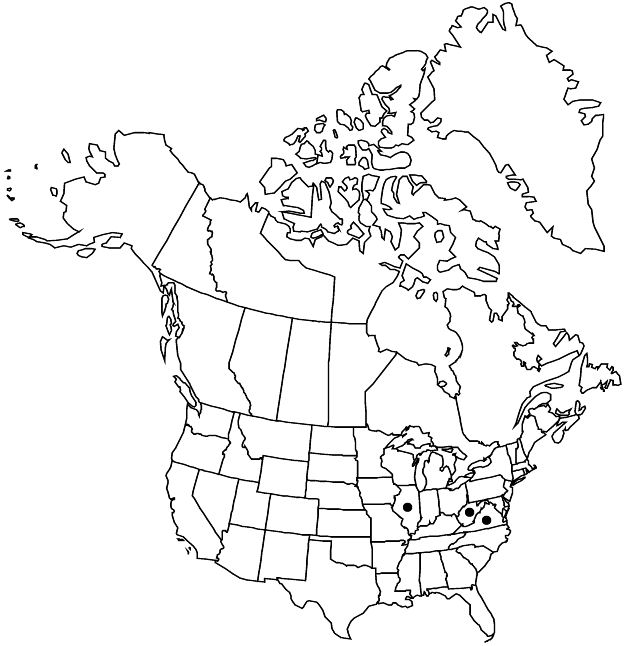Difference between revisions of "Pyrus pyrifolia"
Bot. Mag. (Tokyo) 40: 564. 1926.
FNA>Volume Importer |
FNA>Volume Importer |
||
| Line 15: | Line 15: | ||
|name=Ficus pyrifolia | |name=Ficus pyrifolia | ||
|authority=Burman f. | |authority=Burman f. | ||
| + | |rank=species | ||
|publication_title=Fl. Indica, | |publication_title=Fl. Indica, | ||
|publication_place=226. 1768 | |publication_place=226. 1768 | ||
| Line 21: | Line 22: | ||
|name=Pyrus serotina | |name=Pyrus serotina | ||
|authority=Rehder | |authority=Rehder | ||
| + | |rank=species | ||
}} | }} | ||
|hierarchy=Rosaceae;Rosaceae subfam. Amygdaloideae;Rosaceae tribe Gillenieae;Pyrus;Pyrus pyrifolia | |hierarchy=Rosaceae;Rosaceae subfam. Amygdaloideae;Rosaceae tribe Gillenieae;Pyrus;Pyrus pyrifolia | ||
| Line 45: | Line 47: | ||
-->{{#Taxon: | -->{{#Taxon: | ||
name=Pyrus pyrifolia | name=Pyrus pyrifolia | ||
| − | |||
|authority=(Burman f.) Nakai | |authority=(Burman f.) Nakai | ||
|rank=species | |rank=species | ||
| Line 61: | Line 62: | ||
|publication year=1926 | |publication year=1926 | ||
|special status=Introduced | |special status=Introduced | ||
| − | |source xml=https://jpend@bitbucket.org/aafc-mbb/fna-data-curation.git/src/ | + | |source xml=https://jpend@bitbucket.org/aafc-mbb/fna-data-curation.git/src/f50eec43f223ca0e34566be0b046453a0960e173/coarse_grained_fna_xml/V9/V9_811.xml |
|subfamily=Rosaceae subfam. Amygdaloideae | |subfamily=Rosaceae subfam. Amygdaloideae | ||
|tribe=Rosaceae tribe Gillenieae | |tribe=Rosaceae tribe Gillenieae | ||
Revision as of 22:44, 16 December 2019
Plants 70–150 dm. Branches purplish brown or dark brown, tawny villous or tomentose when young, glabrescent; thorns usually absent. Leaves: petiole 3–4.5 cm, tomentose when young; blade ovate or ovate-elliptic, 7–12 × 4–6.5 cm, base rounded or subcordate, margins spinulose-serrate, apex acute, surfaces glabrous or brown-lanate when young. Pedicels 3.5–5 cm, pubescent when young. Flowers 25–35 mm diam.; sepals triangular-ovate, 5 mm, apex acuminate; petals white, ovate, 15–17 mm; ovaries 5-locular; styles 5. Pomes brownish with pale dots, subglobose, 20–25 mm diam.; sepals deciduous. 2n = 34.
Phenology: Flowering Apr.
Habitat: Old fields
Elevation: 50–400 m
Distribution

Ill., Va., W.Va., Asia (China, Laos, Vietnam).
Discussion
The type collection of the species is from Japan, but the plant is doubtfully native there.
Selected References
None.